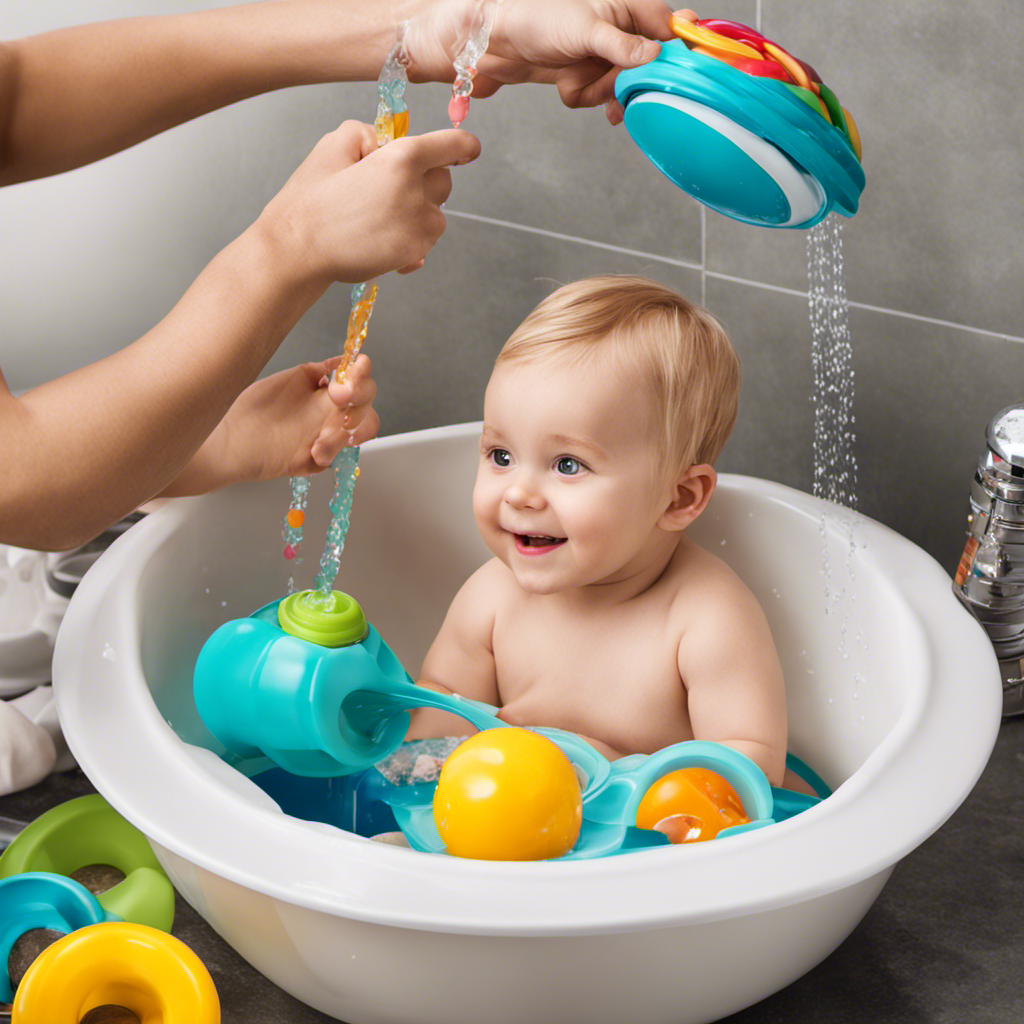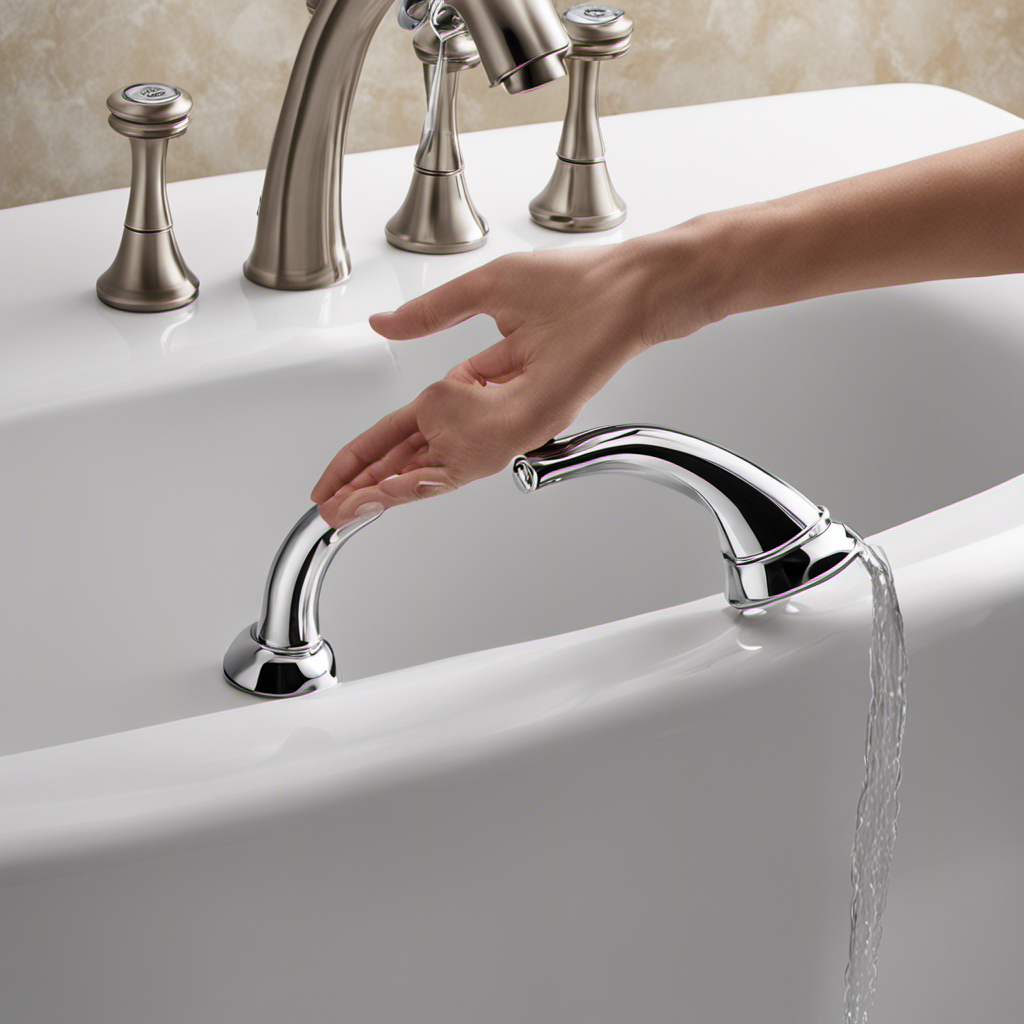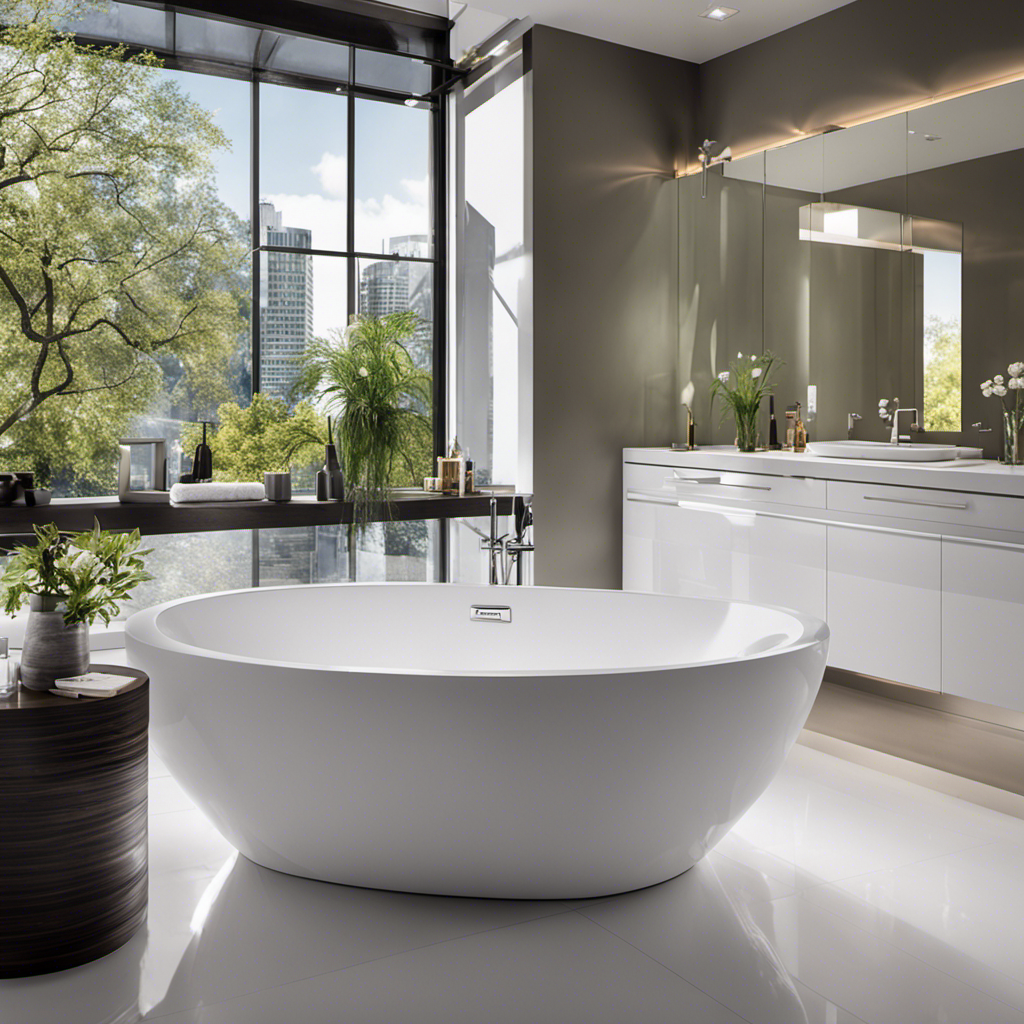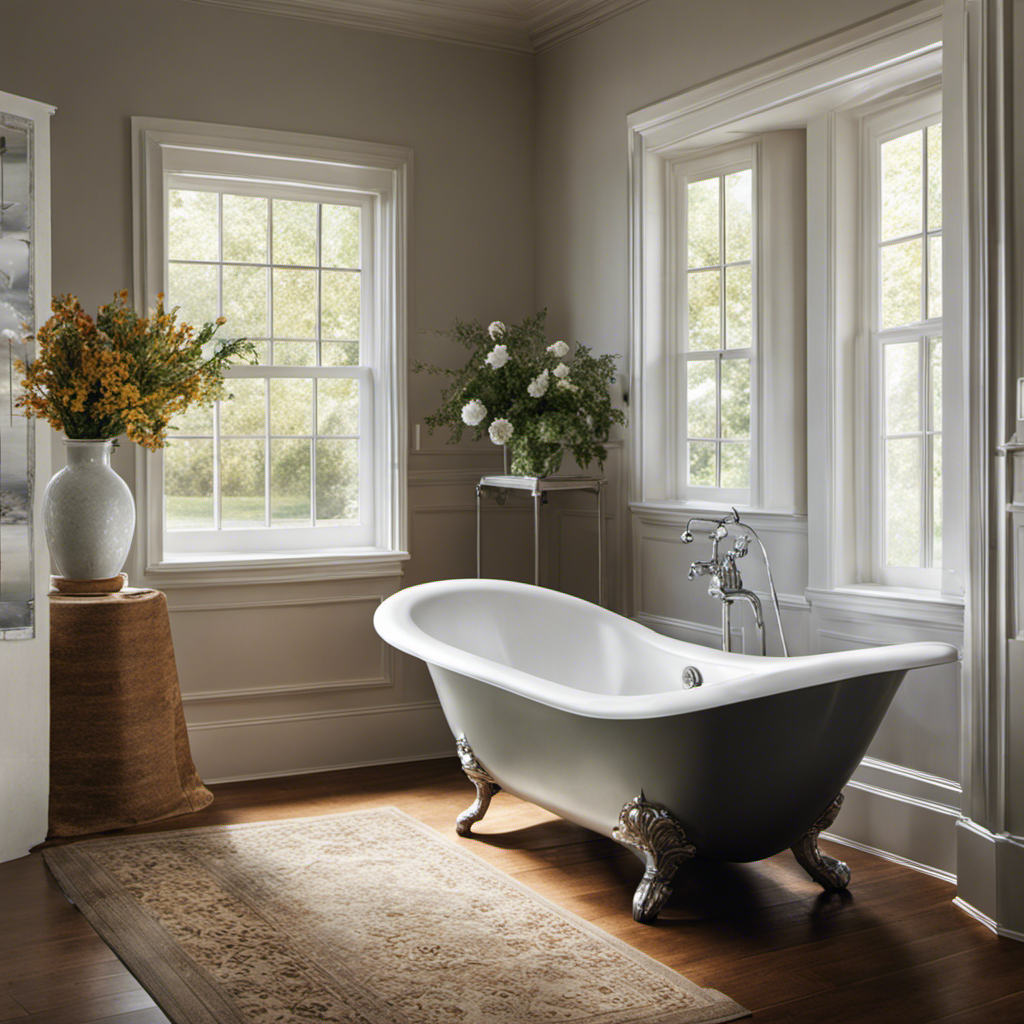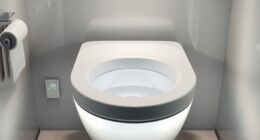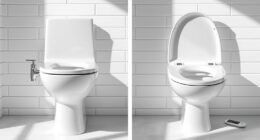I know what you’re probably thinking: how much is it going to cost to put in a bathtub? Well, let me tell you, I’ve done my research and I’ve got all the details you need.
In this article, I’ll break down the average cost of bathtub installation, the factors that can affect those costs, and whether it’s cheaper to hire a professional or do it yourself. Plus, I’ll give you some tips on how to save money along the way.
So let’s dive in and get all the facts on bathtub installation costs.
Key Takeaways
- The cost of bathtub installation can range from $2,500 to $6,000, including materials such as the bathtub, plumbing fixtures, and accessories.
- The type and quality of bathtub materials can greatly impact the cost, with basic acrylic tubs starting around $500 and high-end cast iron tubs costing over $2,000.
- Additional costs to consider include plumbing modifications, demolition, repairs to surrounding walls or flooring, hiring licensed professionals for plumbing and electrical work, and potential permit requirements.
- It is possible to save money on bathtub installation by researching and comparing prices, considering DIY installation if skilled and equipped, looking for sales and promotions, exploring affordable options, and utilizing cost-saving techniques to potentially save up to 50% on installation costs.
Average Cost of Bathtub Installation
On average, it costs around $2,500 to $6,000 to have a bathtub installed in your home. This cost includes the materials needed for the bathtub installation, such as the bathtub itself, plumbing fixtures, and any necessary accessories.
The cost of the bathtub materials can vary depending on the type and quality you choose. For example, a basic acrylic bathtub may cost around $500, while a high-end cast iron tub can cost upwards of $2,000.
In addition to the cost of the materials, there may be hidden costs involved in bathtub installation. These can include plumbing modifications, demolition and removal of the old bathtub, and any necessary repairs to the surrounding walls or flooring.
It’s important to factor in these hidden costs when budgeting for your bathtub installation project.
Factors Affecting Bathtub Installation Costs
The factors that affect bathtub installation costs can vary depending on the type of tub and materials chosen. Here are four key factors to consider when calculating the cost of installing a bathtub:
-
Type of tub: Different types of tubs, such as freestanding, alcove, or whirlpool, have varying installation requirements. The complexity of installing each type can impact the overall cost.
-
Materials: The materials used for the tub, such as acrylic, fiberglass, or cast iron, can affect both the cost of the tub itself and the installation process. Some materials may require additional support or special installation techniques.
-
Plumbing modifications: If the new bathtub requires any plumbing modifications, such as relocating pipes or installing new faucets, this can add to the overall installation cost.
-
Bathtub installation time: The duration of the installation process can also impact the cost. More complex installations or customizations may require additional time and labor, thus increasing the overall cost.
Considering these factors will help you estimate the total cost of installing a bathtub and ensure a smooth and successful installation process.
Professional Installation Vs. DIY: Which Is Cheaper
Considering whether to hire a professional or do it yourself, you’ll want to weigh the costs of each option. When it comes to bathtub installation, there are benefits to both professional installation and DIY.
Professional installation offers several advantages. Firstly, professionals have the necessary expertise and experience to ensure a proper and efficient installation. They can handle any challenges that may arise during the process, such as plumbing or electrical issues. Additionally, professionals often provide warranties or guarantees for their work, giving you peace of mind.
On the other hand, DIY installation can be a more cost-effective option. By doing it yourself, you can save on labor costs. However, it’s essential to consider the potential risks and drawbacks. Without professional knowledge, mistakes can be costly to fix and may even cause damage to your home.
Ultimately, the choice between professional installation and DIY depends on your budget, skills, and confidence in tackling the project.
Additional Costs to Consider for Bathtub Installation
To ensure a successful installation, don’t forget about the expenses associated with plumbing and electrical work. These additional costs can vary depending on the complexity of your project and the condition of your existing plumbing and electrical systems.
Here are four important factors to consider when budgeting for your bathtub installation:
-
Plumbing modifications: If your new bathtub requires any changes to the existing plumbing system, such as relocating pipes or installing new valves, you may need to hire a licensed plumber. This can add to the overall cost of the installation.
-
Electrical requirements: Some bathtubs require electrical connections for features like jets or lighting. If your new bathtub has these features, you may need to hire an electrician to ensure safe and proper installation.
-
Permits and inspections: Depending on your local building codes, you may need to obtain permits and schedule inspections for your bathtub installation. These fees can vary, so it’s important to check with your local authorities.
-
Warranty considerations: When purchasing a new bathtub, it’s important to review the manufacturer’s warranty. Some warranties may require professional installation to remain valid. Be sure to factor any additional costs associated with warranty requirements into your budget.
Tips for Saving Money on Bathtub Installation
When budgeting for your bathtub installation, it’s important to find ways to save money. There are several cost-saving techniques and affordable bathtub options that can help you stay within your budget. Here are some tips to consider:
| Cost-Saving Technique | Description | Potential Savings |
|---|---|---|
| Research and Compare | Take the time to research different bathtub options and compare prices from multiple suppliers. | Up to 30% |
| DIY Installation | If you have the necessary skills and tools, consider installing the bathtub yourself instead of hiring a professional. | Up to 50% |
| Shop for Sales | Keep an eye out for sales and promotions at home improvement stores or online retailers. | Up to 50% |
Conclusion
In conclusion, the cost of installing a bathtub can vary depending on various factors such as the type of bathtub, materials used, and labor charges.
On average, professional installation of a standard bathtub can cost between $1,000 and $4,000. However, an interesting statistic to note is that opting for a DIY installation can save you up to 50% of the total cost.
It is important to consider all the additional expenses and follow our money-saving tips to ensure a cost-effective bathtub installation.

